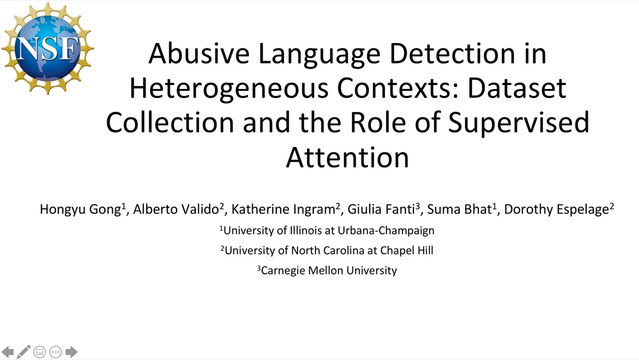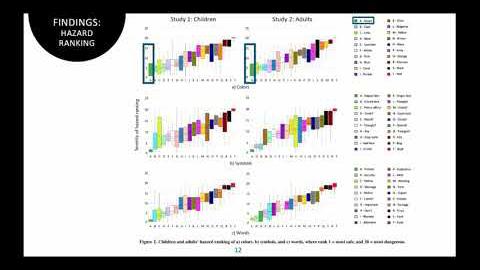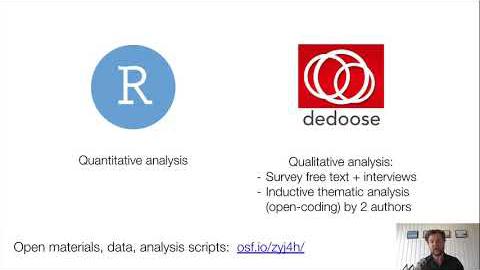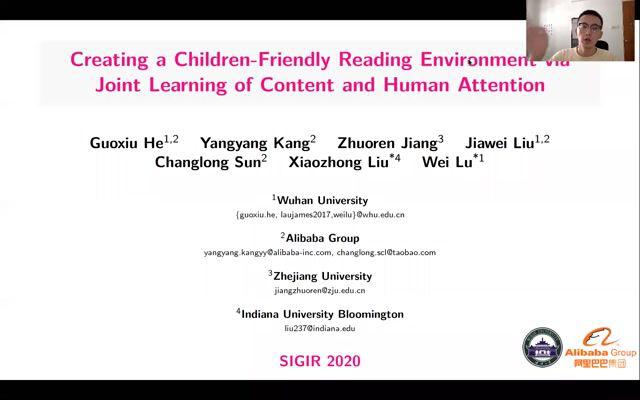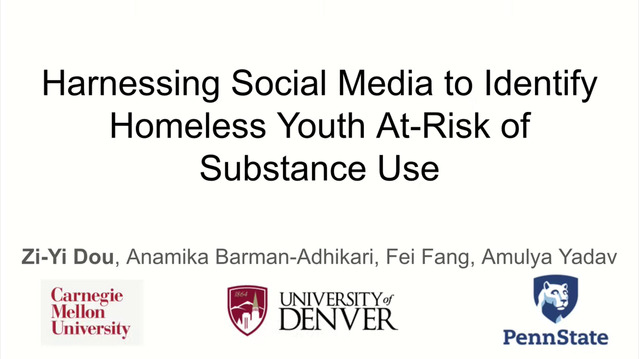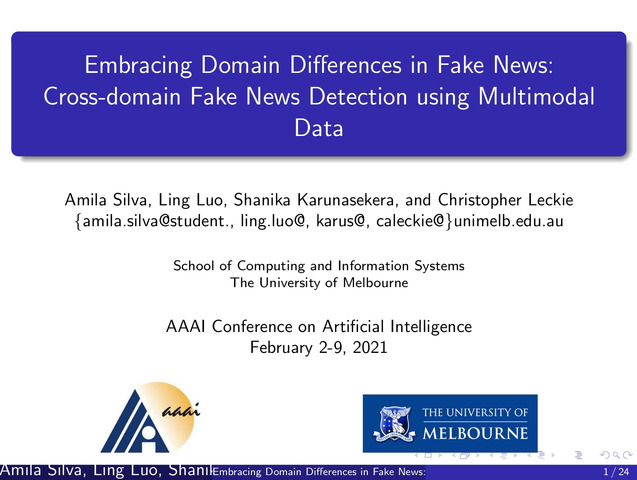Abstract:
A large number of the most-subscribed YouTube channels target children of very young age. Hundreds of toddler-oriented channels on YouTube feature inoffensive, well produced, and educational videos. Unfortunately, inappropriate content that targets this demographic is also common. YouTube's algorithmic recommendation system regrettably suggests inappropriate content because some of it mimics or is derived from otherwise appropriate content. Considering the risk for early childhood development, and an increasing trend in toddler's consumption of YouTube media, this is a worrisome problem.In this work, we build a classifier able to discern inappropriate content that targets toddlers on YouTube with 84.3% accuracy, and leverage it to perform a first-of-its-kind, large-scale, quantitative characterization that reveals some of the risks of YouTube media consumption by young children. Our analysis reveals that YouTube is still plagued by such disturbing videos and its currently deployed counter-measures are ineffective in terms of detecting them in a timely manner. Alarmingly, using our classifier we show that young children are not only able, but likely to encounter disturbing videos when they randomly browse the platform starting from benign videos.


